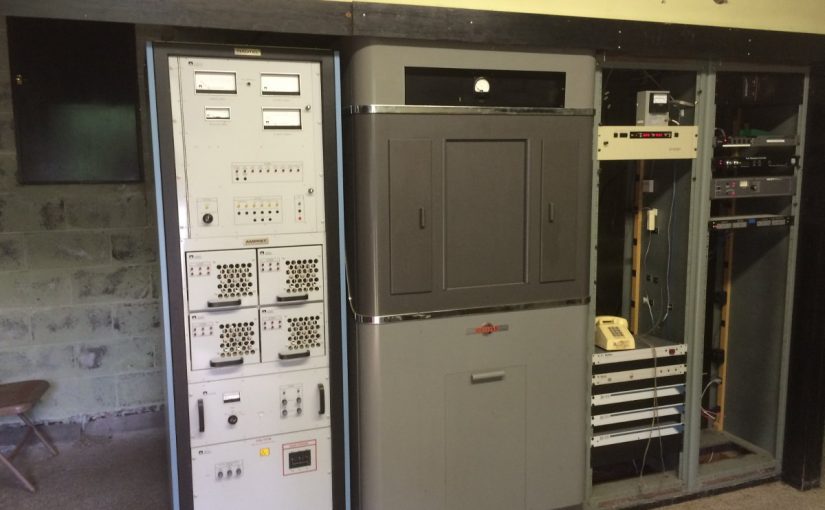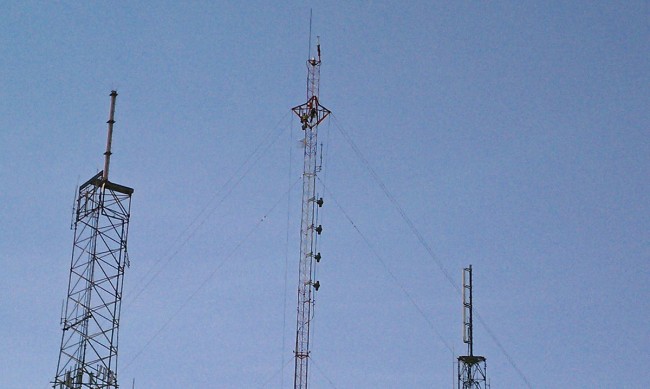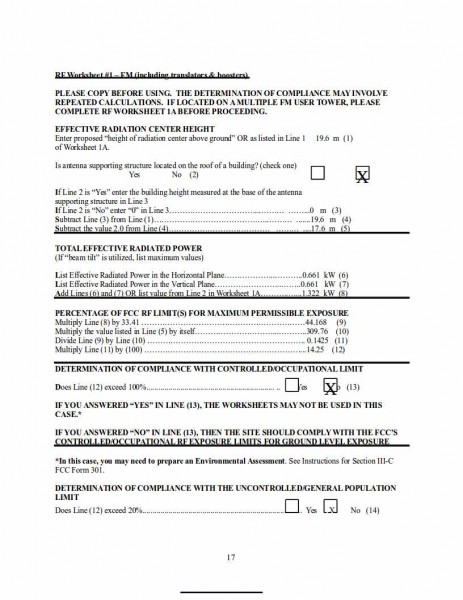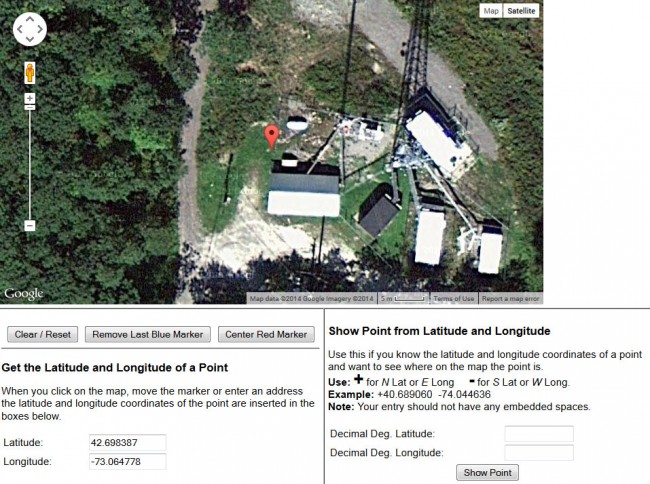I have been reading, with interest, the saga of HD Radio on the AM (AKA Medium Wave) band. First question; if it goes all digital, will we still call it AM? Of course, there are other questions and concerns:
- The proprietary nature of HD Radio, AKA MA3 or NRSC-5D as they are now calling it, is problematic. Xperi, the latest patent owner, currently (their word) has agreed to waive licensing fees for AM station owners who install their system. Is this a limited-time deal for early adopters or in perpetuity for all stations?
- The NRSC-5D tests on WWFD, Fredrick, Maryland are hopeful, but as I pointed out before, it is one station with a well-functioning antenna system. Many AM antenna systems are defective either in design or due to deterioration. Is the FCC going to start policing the AM band again to cure these self-inflicted wounds?
- Of course, the NAB wants zero oversight on the entire adventure. Under their proposal, small ownership AM stations would have a difficult time remediating interference issues from all digital co-channel stations by eliminating any required notification period, as proposed by the SBE.
- The NAB also wants to nix a 1 Hz carrier frequency requirement, which would help with both the analog and digital interference issue, saying it would be too expensive. I disagree. In this day of universal GPS timekeeping, it would be easy to implement this on all modern transmitters, especially if they were already installing an HD Radio exciter.
- Denis Jackson’s Radio World Article states that reliable coverage can be had out to 0.1 mV/m. This seems very, very optimistic given that ambient electrical noise (non-broadcast related) on the AM band is at very high levels and still climbing. Further, once the all-digital conversion starts, more and more co-channel digital interference will happen, likely cutting down that contour to a great extent. It works now but may not work later. These types of statements seem naive or perhaps disingenuous. Again, WWFD is one digital signal in a vast ocean of analog carriers.
While I am skeptical of some of the statements made in various articles and comments before the FCC, I do believe that converting the Medium Frequency band to all digital will have benefits. The BBC DRM tests carried out in 2007 (The Plymouth DRM long term trial) show that digital on MF can work. DRM has been implemented in various countries with good results.
Getting rid of the hybrid IBOC/Analog is a step in the right direction.
My concerns are the small owners who are still making a go of it on AM. Those guys still doing community radio and serving the public interest. If they choose to wait, are they going to get buried under a digital dog pile and then have to pay the full license fee later? Something like that might be the end for them.
HD Radio in and of itself is not the panacea for the AM band. Other things have to happen to make it work right. The SBE speaks extensively about ambient noise on the MF band. They are entirely correct. In addition, there are many, many AM stations that do not have compliant antenna systems. There are stations operating a DA-2 system full-time on the night pattern. There are stations operating a DA-2 full-time on the daytime pattern and power. There are stations that are supposed to turn off at night, which stay on 24/7. There are stations not reducing power to nighttime levels. The list goes on. Simply putting digital carriers on everything will not reduce station-to-station interference, especially at night.
I am cautiously hopeful that the FCC will look into the ambient noise problem, which simply cannot be over-emphasized. They would also need to re-invigorating the Enforcement Bureau. Since they closed down most of their field offices, it has been kind of a free-for-all out here.




